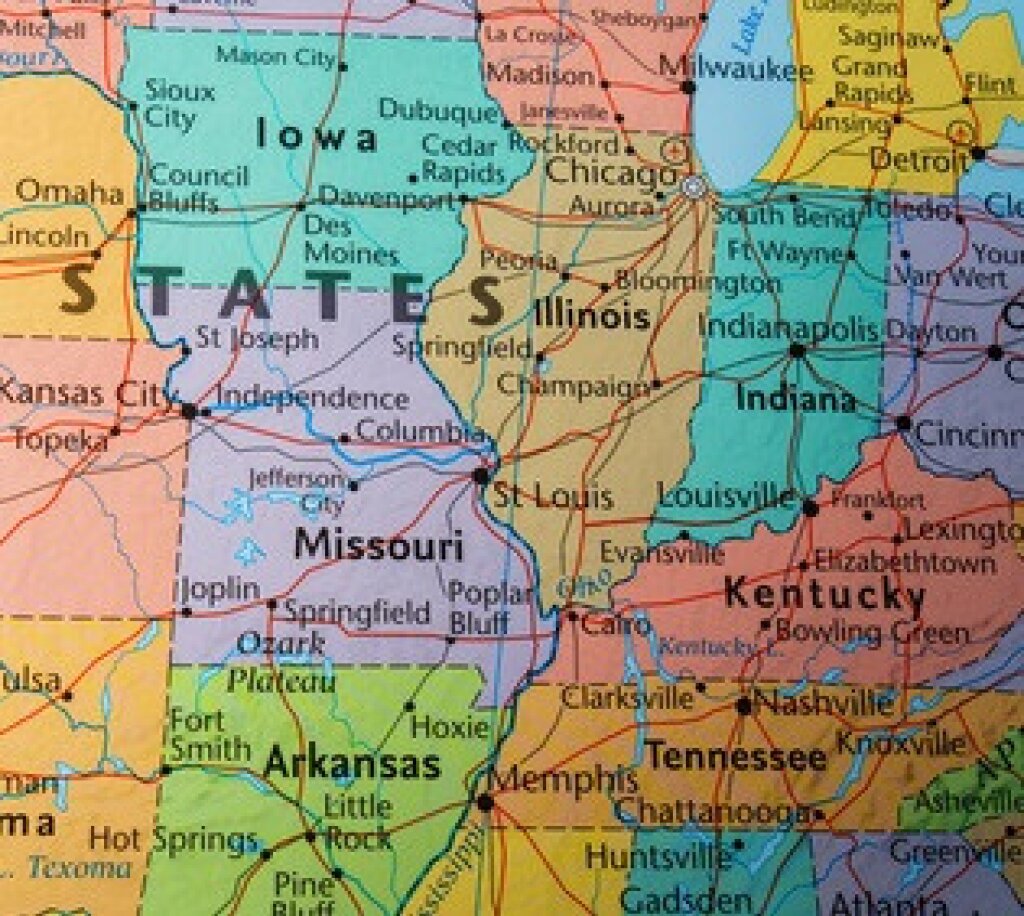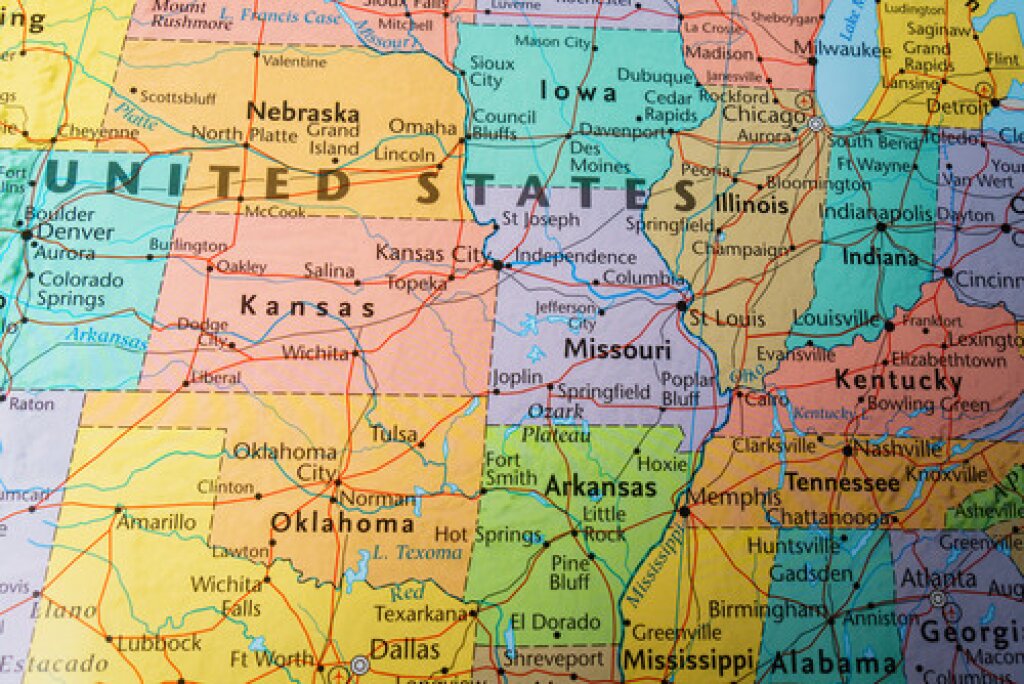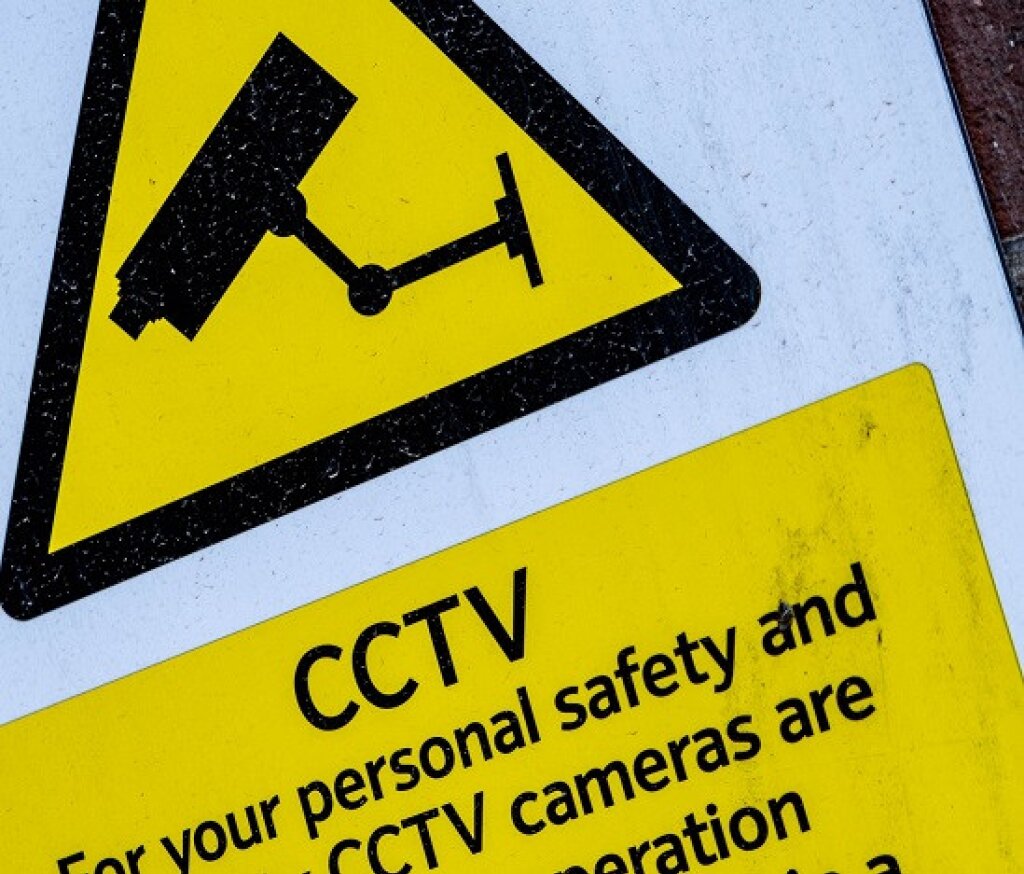Dash cam laws by state
Navigate dash cam laws across state lines throughout the USA and avoid potential violations.
In a recent blog we explored the legality of using dash cams in the UK and how laws about dash cam use vary in countries around Europe. In this article, we look at the state-by-state variations about dash cam use in the USA.
Are you trying to redact dash cam footage now?
If you are interested in Video Redaction Software , submit your email now and we will contact you

Are dash cams legal in the USA?
The first matter to establish is that ‘Yes’, dash cams are legal to install and use in every state in the USA.
However, to be sure that you are operating your dash cam in accordance with prevailing laws and guidelines, you will need to know how they vary from state to state
What differences are there in state dash cam laws?
The most significant state-on-state dash cam law variations involve:
The positioning of your dash cam
The size of your dash cam
Dash cam materials
Dash cam audio recording
Problems can arise when you undertake a long drive and travel from one state to another where vehicle laws may be different. The problem is exacerbated for fleet and haulage operators whose vehicles cross state lines regularly.
As it would be a long and involved process to research dash cam regulations in each state, here is a summary of state vehicle laws as they relate to dash cams.
An alphabetical list of dash cam laws by state
Alabama
It is illegal to attach anything to the windshield of a vehicle, which makes suction cup dash cams illegal to install
The proscription of windscreen attachments is to prevent any obstruction of the driver’s view therefore installing a dash cam on the dashboard is legal, so long as it does not obstruct the driver’s view
Alaska
Dash cams are legal if they do not obstruct the driver’s view
A dash cam must not be bigger than five inches (height x depth) if it is mounted on the driver’s side
Arizona
Dash cam regulations are highly specific and relate to windscreens, side widows and rear windows
Arizona’s regulations are concerned with preventing anything that obstructs or reduces a driver’s clear through any window
Dash cams have to be smaller than a five-inch square if installed on the driver’s side and smaller than a seven-inch square if installed on the passenger side
Arkansas
Dash cams are legal if they are installed behind the rearview mirror and do not obstruct the driver’s view
California
California law exempts dash cams from the law stating that nothing can hang on the windshield. Dash cams may be mounted in a:
Seven-inch square in the lower corner of the windshield farthest removed from the driver
Five-inch square in the lower corner of the windshield nearest to the driver
Five-inch square mounted to the centre uppermost portion of the interior of the windshield
Colorado
Colorado prohibits obstructing the driver’s view
Dash cam cams should be installed behind the rearview mirror or on the dashboard
Dash cams should not be reflective (mirrored or metallic) as they could potentially dazzle a driver.
Connecticut
Connecticut prohibits placing non-transparent materials on the windshield
Therefore it is best to mount dash cams discretely on the dashboard
Delaware
Delaware prohibits applying non-transparent material to the windshield, side wings or side or rear window
Therefore dash cams should be mounted on the dashboard
District of Columbia (D.C.)
It is illegal to mount a dash cam on the windshield in Washington, D.C
Dash cams should be mounted on the dashboard
If audio recording is used in the car, all passengers must give their permission to record
It is advisable to display a sign or sticker informing passengers that the dash cam records audio
Florida
Dash cams are legal so long as they do not obstruct the driver’s view
Georgia
It is best to install a dash cam on the dashboard to conform with Georgia’s prohibition of non-transparent materials on the windshield
Drivers are only allowed to record video and audio with the permission of everyone in the vehicle
Hawaii
A dash cam can be five to seven inches square, as long as it is installed in the top or bottom corners of the windshield
Drivers have options to install a dash cam on the dashboard or on the vehicle’s rear window
Idaho
Dash cams must be installed on the dashboard
Illinois
Drivers can install a dash cam on the windshield if it does not obstruct the driver’s view
If installed on the driver’s side, the dash cam must be smaller than five-inches square
Indiana
Dash cams can be installed on the dashboard or windshield
The camera must be four-inches square and installed in the bottom corner on the passenger side
Iowa
Dash cams are legal as long as the driver can see clearly
Kansas
Dash cams can be installed on the dashboard or windscreen as long as the dash cam does not obstruct the driver’s view
Kentucky
Dash cams are legal as long as the driver can see clearly
Louisiana
Dash cams should be placed on the dashboard to avoid falling foul of windscreen obstruction regulations
Maine
Dash cams can be installed on the windshield or dashboard as long as they do not interfere with the driver’s vision
Maryland
Drivers can place dash cams higher than five inches below the top of the windshield or within a seven-inch square in the bottom corner of the windshield
Massachusetts
Drivers should place dash cams on the dashboard to avoid laws relating to non-transparent materials on the windshield and reflective materials in side windows
Michigan
Dash cams should be placed on the dashboard
There are windscreen exceptions for some vehicles, including large trucks (5 US tons), truck tractors, buses and hazardous waste vehicles
Minnesota
Dashboard cameras should be installed behind, or slightly above or below the rearview mirror
Mississippi
Drivers should mount dash cams on the dashboard to avoid falling foul of windscreen regulations that do not specifically relate to dash cams
Missouri
Missouri is one of the few states whose laws do not mention obstructions to the driver’s view
Dash cams are legal to install in a position of the driver’s choice
To avoid obstructing the driver’s view, it is recommended that cameras are installed behind the rearview mirror or on the bottom or top of the windshield
Montana
Dash cams should be installed on dashboards to avoid breaking windshield obstruction laws
Nebraska
Dash cams should be installed on dashboards
Drivers must obtain permission from passengers before making audio recordings
Nevada
Drivers can install dash cams anywhere on the dashboard
If placed on the windshield, dash cams must be smaller than six-inches square and placed in the lower corner of the windshield furthest from the driver
New Hampshire
Drivers are allowed to install dash cams on the dashboard and use a rear camera
New Jersey
Install a dash cam on the dashboard on the passenger’s side to avoid potential windscreen obstruction violations
New Mexico
Although dash cams are permitted, careful placement is recommended
The driver’s view must be clear, so it is against the law to attach anything opaque to the windshield
Dashboard mounting is recommended
New York
Dash cams are encouraged as they act as an impartial witness to help resolve traffic accidents and disputes
Dash cams should be installed on the dashboard and not on the windshield
North Carolina
There is no mention of dashboard cameras or windshield obstruction in North Carolina’s motor vehicle laws
Dashboard mounted cameras are the least likely to impair the driver’s vision
North Dakota
Install a dash cam on the dashboard to avoid potential windscreen obstruction violations
Ohio
Install a dash cam on the dashboard to avoid potential windscreen obstruction violations, and use it to record video and audio
Oklahoma
Install a dash cam on the dashboard to avoid potential windscreen obstruction violations
Oregon
Install a dash cam on the dashboard to avoid potential windscreen obstruction violations, and use it to record video and audio
Pennsylvania
Install a dash cam on the dashboard to avoid potential windscreen or other window obstruction violations
Rhode Island
Install a dash cam on the dashboard to avoid potential windscreen obstruction violations
South Carolina
Install a dash cam on the dashboard as state law prohibits applying dash cams to the windscreen or any other vehicle windows
South Dakota
Install a dash cam on the dashboard as state law prohibits applying dash cams to the windscreen or any other vehicle windows
It is legal to record video while driving and record audio of passengers with their permission or by giving notice
Tennessee
Install a dash cam on the dashboard to avoid potential windscreen obstruction violations
Texas
Install a dash cam on the dashboard to avoid potential windscreen or other vehicle window obstruction violations
Utah
Drivers can mount dashboard cameras on the windshield as long as the dash cam is:
Towards the top of the windshield and does not extend down more than four inches,
In the lower left corner and does not extend out more than four inches
It is also legal for drivers to install cameras on rear windows of the vehicle
Vermont
Drivers to place dash cams in the lower right-hand windshield area as long as the device is less than four inches in height and 12 inches wide
If mounted in the upper left-hand corner of the windshield, the dash cam can be two inches high and two-and-a-half inches wide
Virginia
Dash cam laws prohibit a driver from placing a device on the windshield, but permits dash cams placed on the dashboard
Washington
Dash cams can be mounted on the dashboard to record audio and video while driving or parked
They cannot be mounted on the windshield owing to driver’s view obstruction regulations
West Virginia
Install a dash cam on the dashboard to avoid potential windscreen obstruction violations
Wisconsin
Drivers cannot mount a dash camera on the windshield unless it is mounted behind the rearview mirror
However, the law is ambiguous as mounting is prohibited within the normal sweep of the car’s windshield wipers
Mounting the dash cam to the dashboard is the best way to ensure compliance with Wisconsin laws
Wyoming
Dash cams to be mounted on the dashboard but not on the front windshield
Dash cams: surveillance, audio and privacy considerations
In some states, the use of dash cams could be considered to be the use of electronic surveillance devices, and you may risk violating local laws.
Under federal law, covert audio recordings using a dash cam without the consent of all parties may be illegal.
It is essential that you inform passengers that they are being recorded on video or audio when they get into your car, in order to stay within the law.
Is it legal to use a phone as a dash cam?
It is legal in most states to use a dash cam as a phone, as long as it does not obstruct the driver’s view. However, it is illegal in most cases to operate the phone while driving as it would be a violation of laws against distracted driving.
Can the police use your dash cam footage?
If dash cam footage contains evidence of a crime, traffic violation, or liability in an accident, the police can commandeer your footage to use for or against you, or for or against a third party.
Dash cam FAQs
Questions and answers about the legal aspects of using dash cams. Here's a summary of key points:
Can you be prosecuted for using a dash cam?
You cannot be prosecuted for having and using a dash cam. However, you can be prosecuted for disobeying state-specific laws related to dash cam use.Invasion of privacy
Dash cams are not an invasion of privacy if used legally in public spaces. However, they could be considered invasive if used to capture private property or record conversations without consent.Should I declare dash cam in operation?
It is advisable to inform people about the presence of dash cams, especially if recording audio. Compliance depends on state laws regarding audio recording consent.Can I delete dash cam footage?
It is generally legal to delete footage of uneventful, legal driving. However, deleting footage related to incidents or crimes that may be needed in court could lead to legal consequences.Recording audio
In all-party consent states, it is essential to inform passengers about audio recording and obtain consent. Options include using warning stickers, informing passengers, or disabling audio recording.Placement of dash cams
Installing dash cams on dashboards where they do not obstruct the driver's view is generally safe and legal.Crossing state lines
Drivers should be aware of and adhere to the laws of each state they operate in. Adhering to the most stringent laws across states can help avoid legal issues.
Understanding and complying with state-specific laws regarding dash cam use is crucial to avoid legal complications and ensure privacy rights are respected.
Related Articles
Drone Surveillance and Privacy Laws in the U.S.
Facit compliance technology
Facit is a leader in privacy compliance technology. Contact Facit to learn how you can protect data in video and documents, and share content compliantly.




